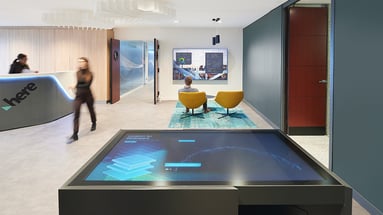As the life sciences industry rapidly evolves, workplaces must also adapt to effectively engage and retain their employees.
In life sciences, the key to innovation isn’t just advanced technology—it's the people. The true engine behind breakthroughs is the life science talent—scientists, researchers, and technicians who bring ideas to life. Designing labs that cater to their diverse needs is crucial for attracting and retaining top talent. Talent acquisition in life sciences is challenging, as life science employees are among the least satisfied workers. Our Unispace Global Workplace Insights report reveals a significant perception gap—68% of employees feel their office supports productivity, compared to 81% of employers.
Lab employees, in the office 3-4 times per week, often feel dissatisfied with their space and disconnected from teams. They desire environments that support both collaboration and deep focus, prioritizing wellbeing and comfort over amenities, with only 1 in 7 enjoying office perks. They want workspaces that treat them as whole individuals while meeting their technical needs.
Our expertise in both life sciences and construction allows us to seamlessly bridge the gap between these two fields. Here’s how thoughtful design can make a difference.
At a glance
- Creating spaces that support life science talent
- People-focused design strategies to enhance the life science workplace
Creating spaces that support life science talent
A successful lab design isn’t just about physical space—it’s about the people who work there. Organizations must invest in wellbeing by dedicating both budget and space to health and productivity. These investments pay off with more motivated employees, better retention rates, and improved overall performance. Focusing on life science talent isn’t just about creating a pleasant work environment—it's a strategic imperative. Focusing on the needs of scientists and researchers is essential for fostering productivity, creativity, and overall success.
Scientists across generations—whether Gen Z, Millennials, or Baby Boomers—have distinct working styles, comfort levels with technology, and attitudes towards change. Additionally, their views on wellbeing and work-life balance vary widely. Designing labs that accommodate these differences is essential.
Scientific research requires long hours, intense focus, and work in strict GMP conditions. Prioritizing employee wellbeing in lab design is essential, making wellness a core element of the lab's infrastructure for an inclusive and inspiring environment. This approach not only enhances daily routines but is also pivotal in attracting and keeping the best minds in the field.
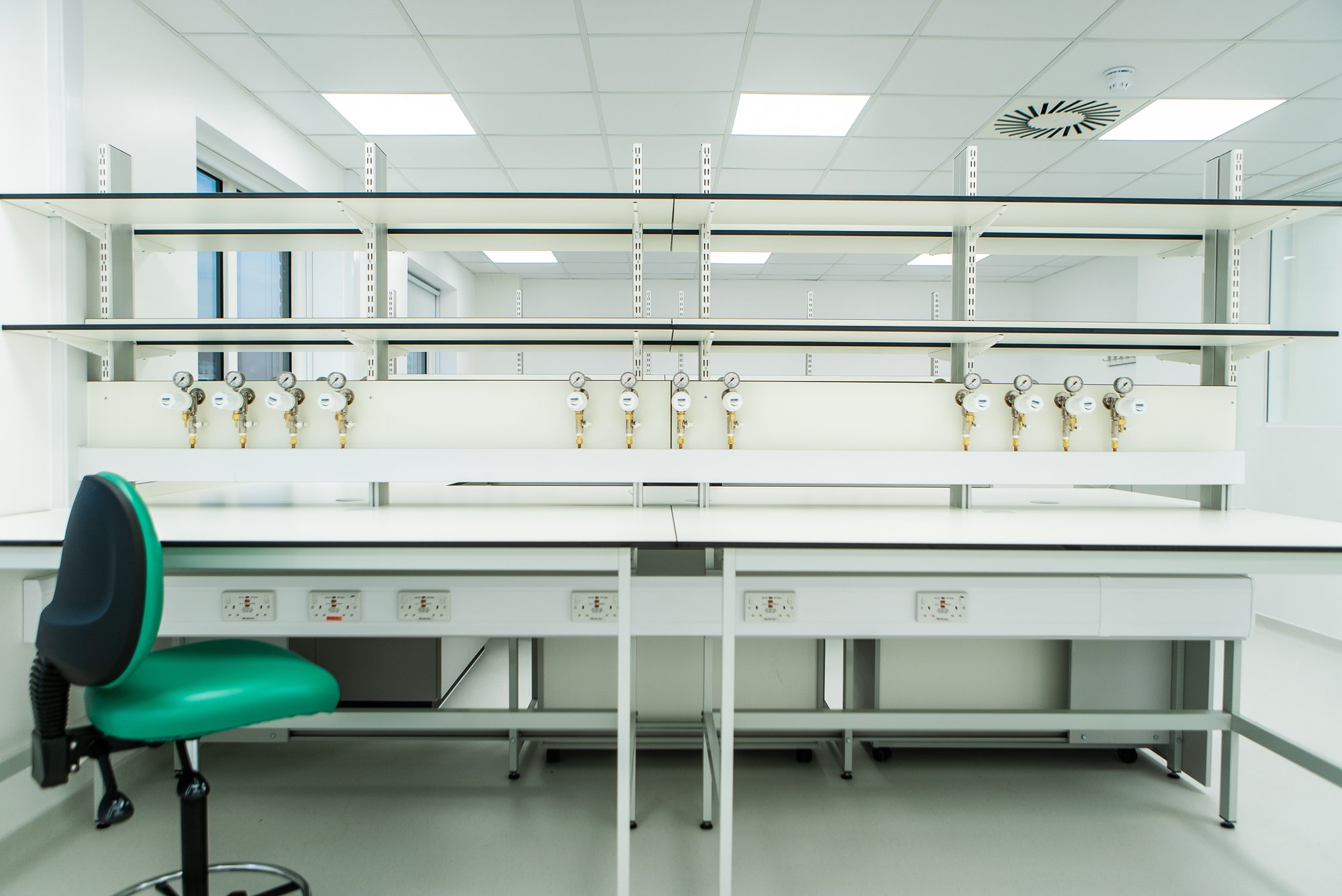

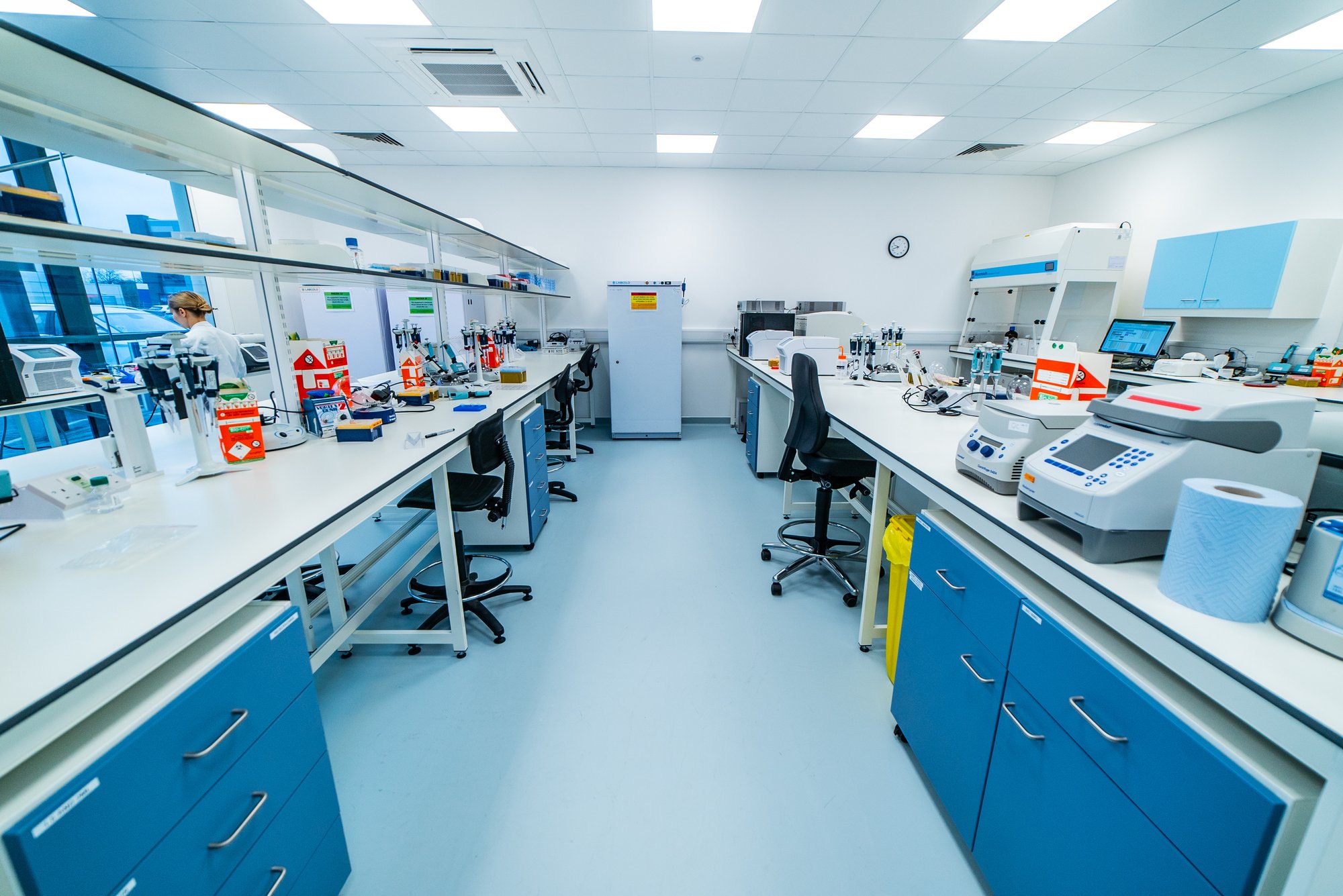
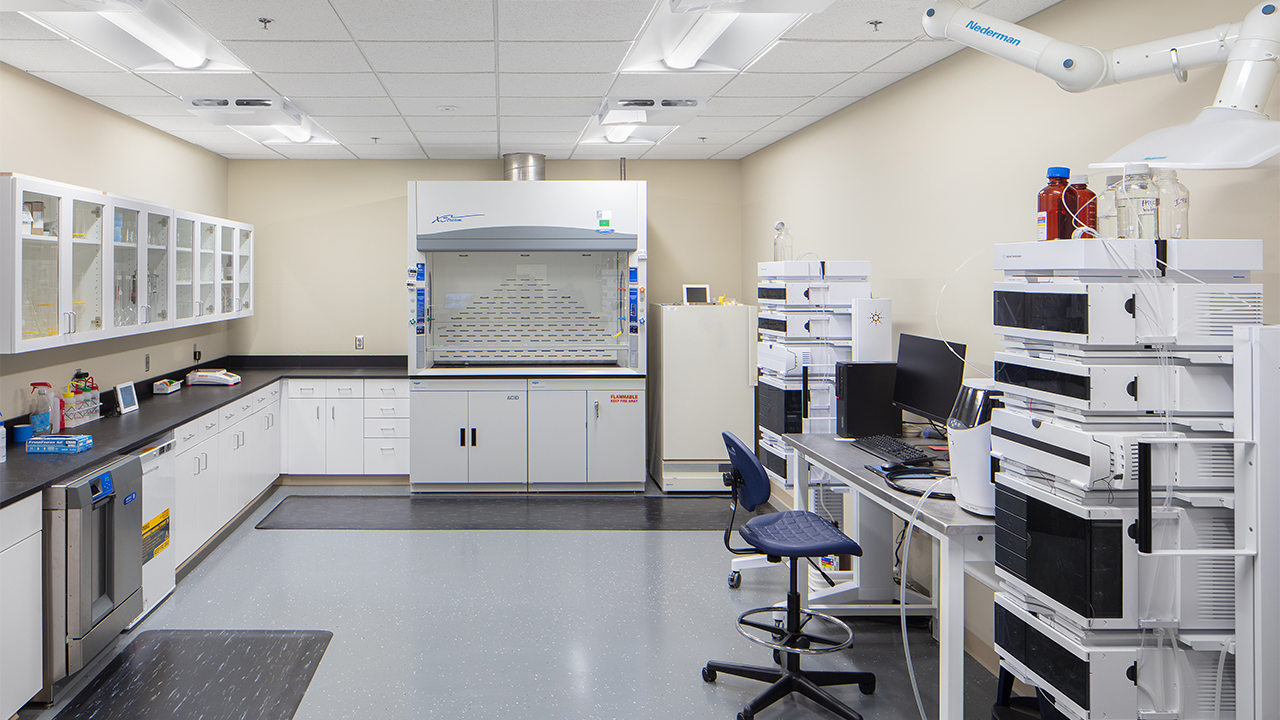
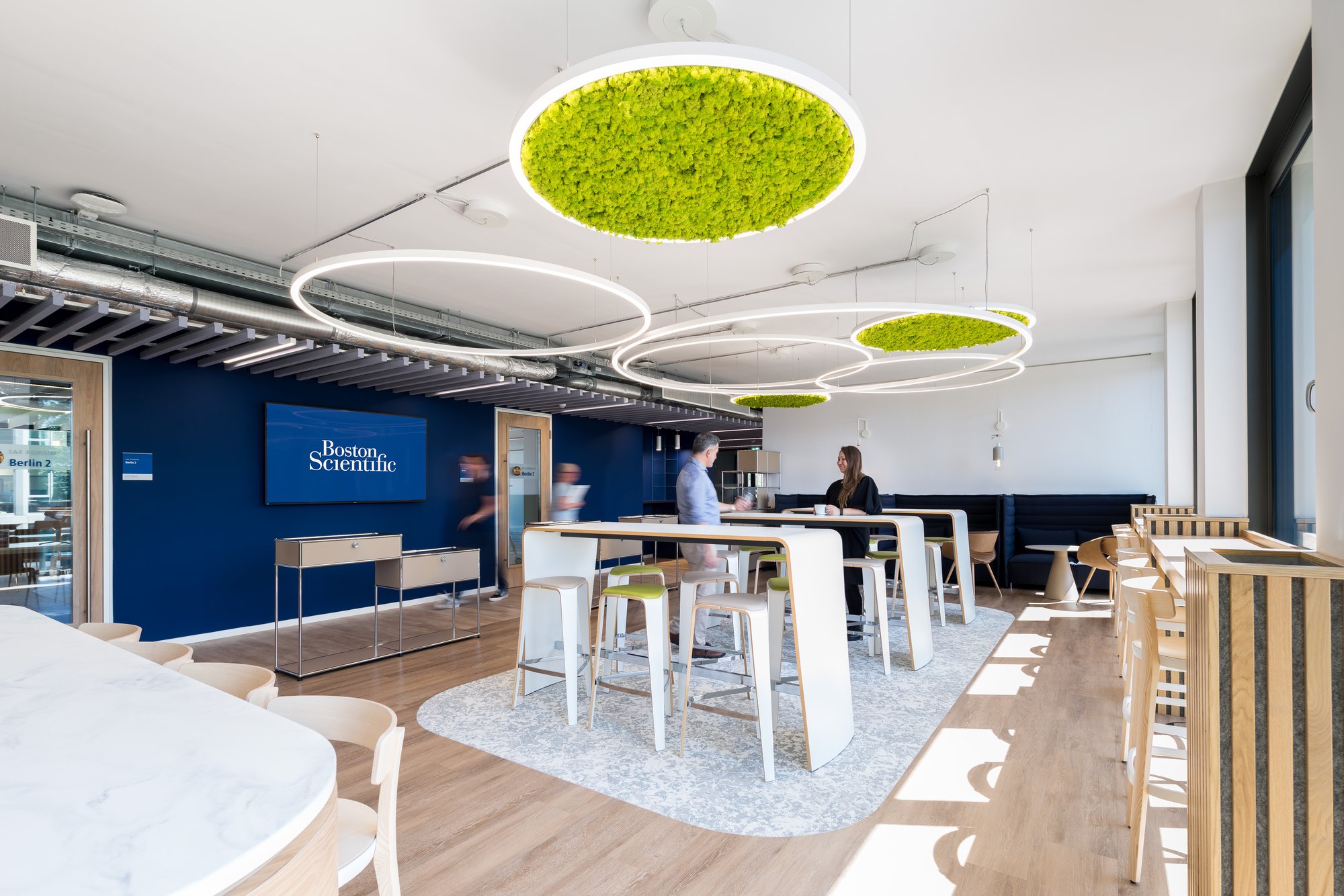
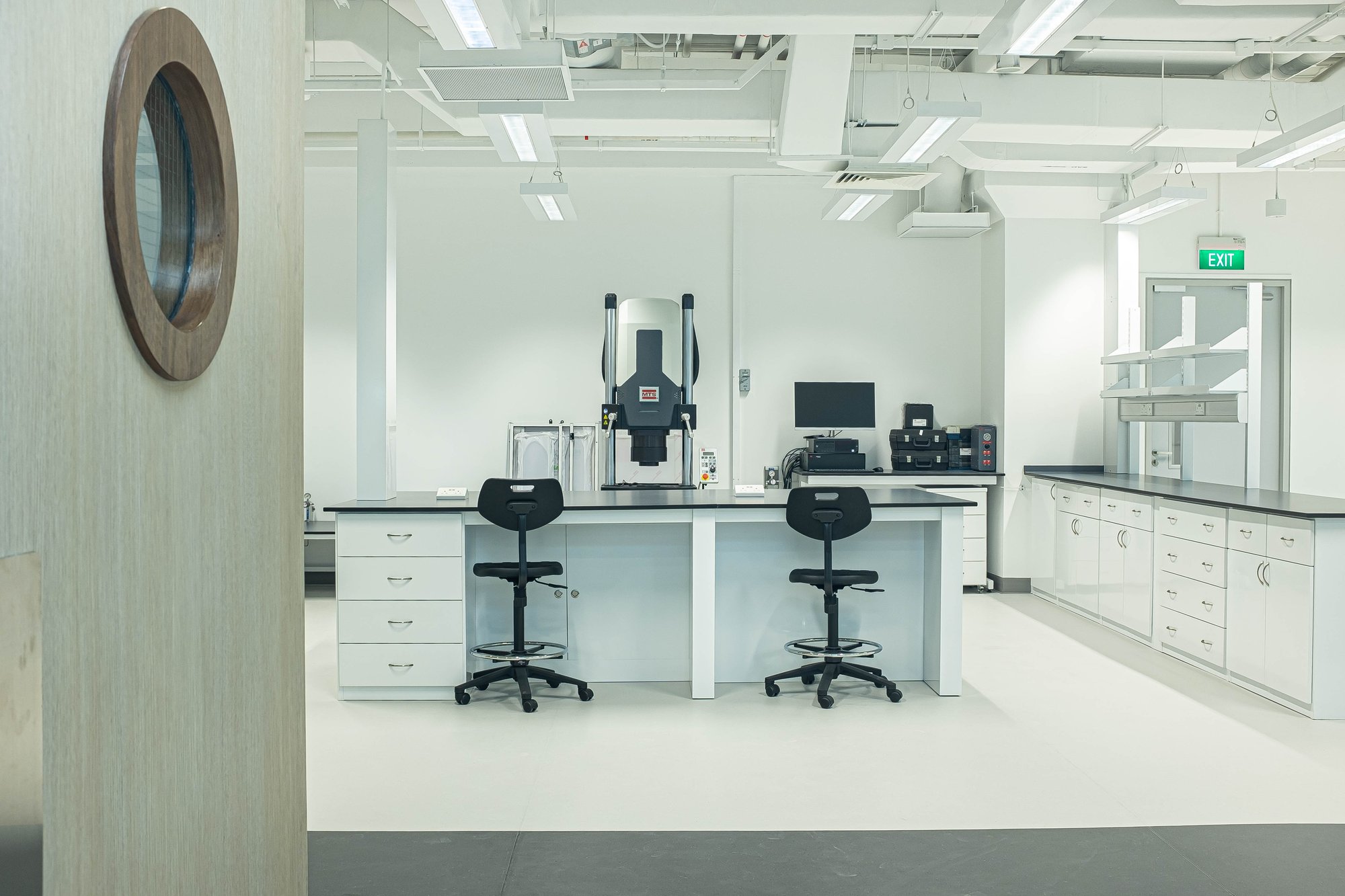
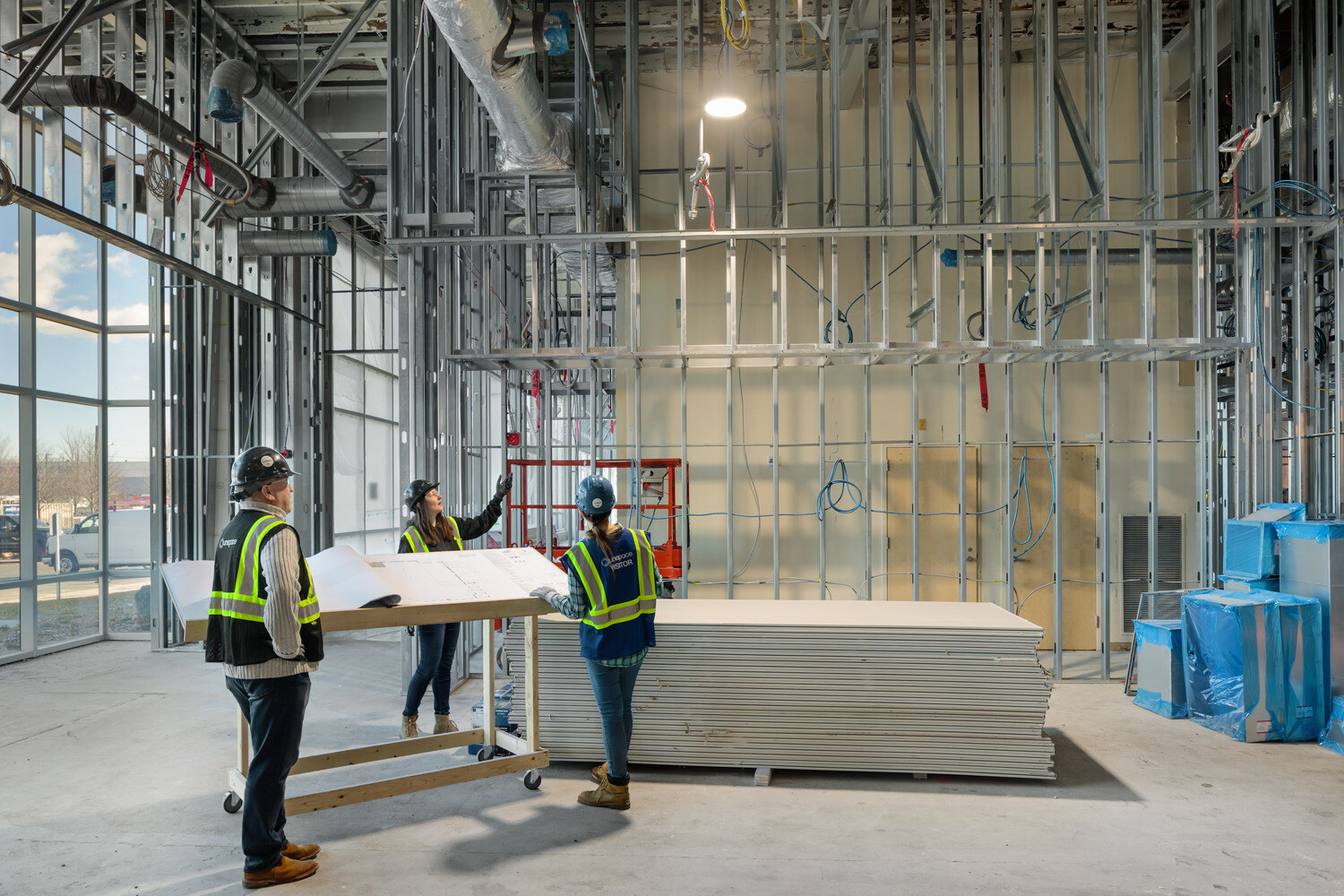
People-focused design strategies to enhance the life science workplace
Thoughtfully designed laboratories that prioritize employee wellbeing becomes a powerful tool in recruiting and retaining top talent. This is particularly important where the environment must support both intense research activities and the diverse needs of a multi-generational workforce. Here are some key considerations:
- Get stakeholders involved early: To create spaces that meet the expectations of those who will use them daily — thereby reducing frustration and increasing productivity — ensure that the right stakeholders are involved early in the decision-making process.
- Future-proof your workspace: Future-proofing requires not only integrating current tech, like AR and 3D printing, but also anticipating future advancements and ensuring your workspace can adapt.
- Balance function with aesthetics: For life sciences and tech firms, balancing lab design with aesthetics is key. High material and HVAC costs make labs costly, and addressing storage needs early will boost both functionality and appearance.
- Create versatile and flexible spaces: Design adaptable environments with reconfigurable workstations and flexible services to support diverse research. Incorporate modular elements and a mix of fixed and mobile benches for versatile lab layouts.
- Keep neurodiversity top of mind: Create an inclusive environment for all neurotypes. Organizations like Boston Scientific, Biogen, Astellas Pharma exemplify the importance of investing in spaces that enable equity and diversity in science, promoting inclusive spaces for the future.
- Incorporate green spaces and natural light: A comfortable workspace includes green spaces and natural light, which boost wellbeing, foster creativity, and reduce stress.
- Integrate shared core facilities: These may include glassware cleaning stations, cryostorage, advanced analytical suites, and waste management services. Leveraging shared resources boosts productivity, cuts costs, fosters collaboration, and improves resource efficiency.
- Gather and implement feedback. Regularly collecting feedback on the workspace and wellbeing initiatives helps identify improvements, fosters continuous enhancement, and shows commitment to employee satisfaction.
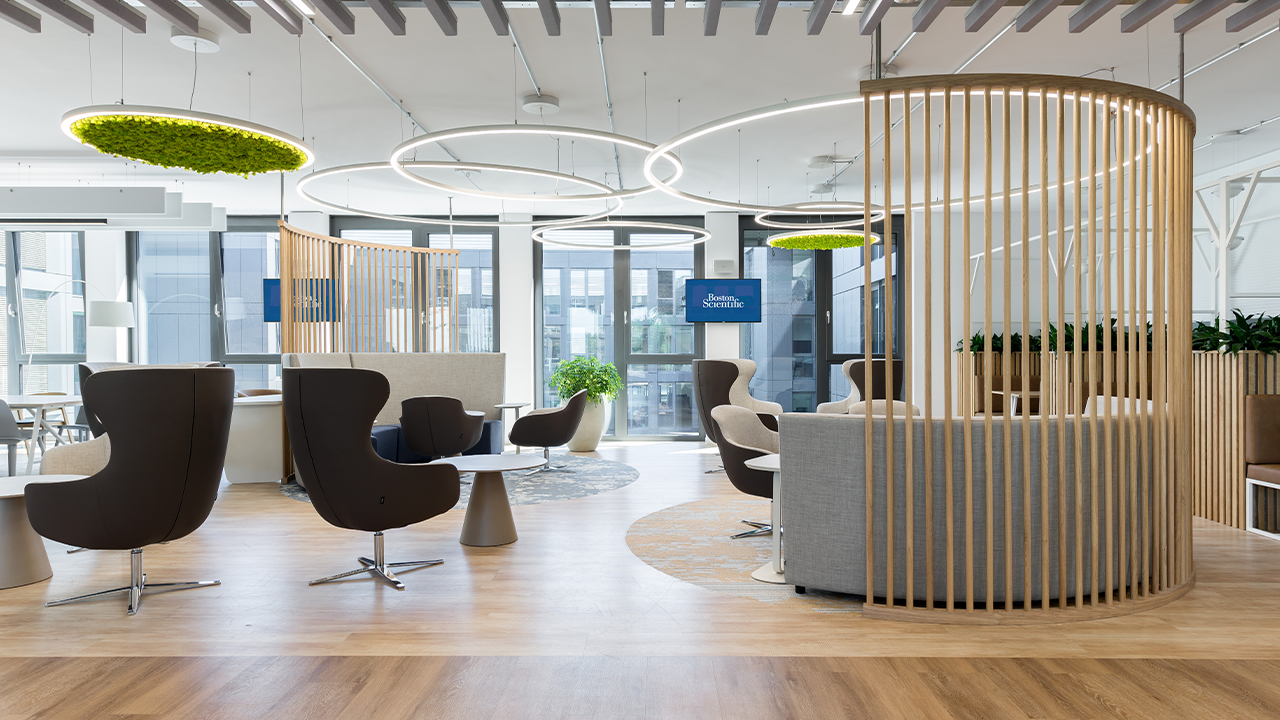
Boston Scientific, Dusseldorf, incorporated versatile areas perfect for hosting meetings, town halls, or team-building activities. They considered not just the physical space, but also the needs of the people working there and what they require beyond the workspace.
Creating the labs of the future
In an era of prioritizing life science talent, your organization’s workspace can make or break your employee experience. A key element of attracting and retaining top talent is creating a space that inspires them and makes their jobs easier both today and in the future.
At Unispace Life Sciences, we understand the unique needs of life science companies, from pharmaceutical and medical device manufacturers to laboratories and beyond. Leveraging our unique mix of scientific, engineering, and construction expertise, we design and build tailored, innovative facilities.
Download our Future Labs whitepaper.
Learn how the convergence of science, technology, people, and the environment can help you design and build a future-proof laboratory.
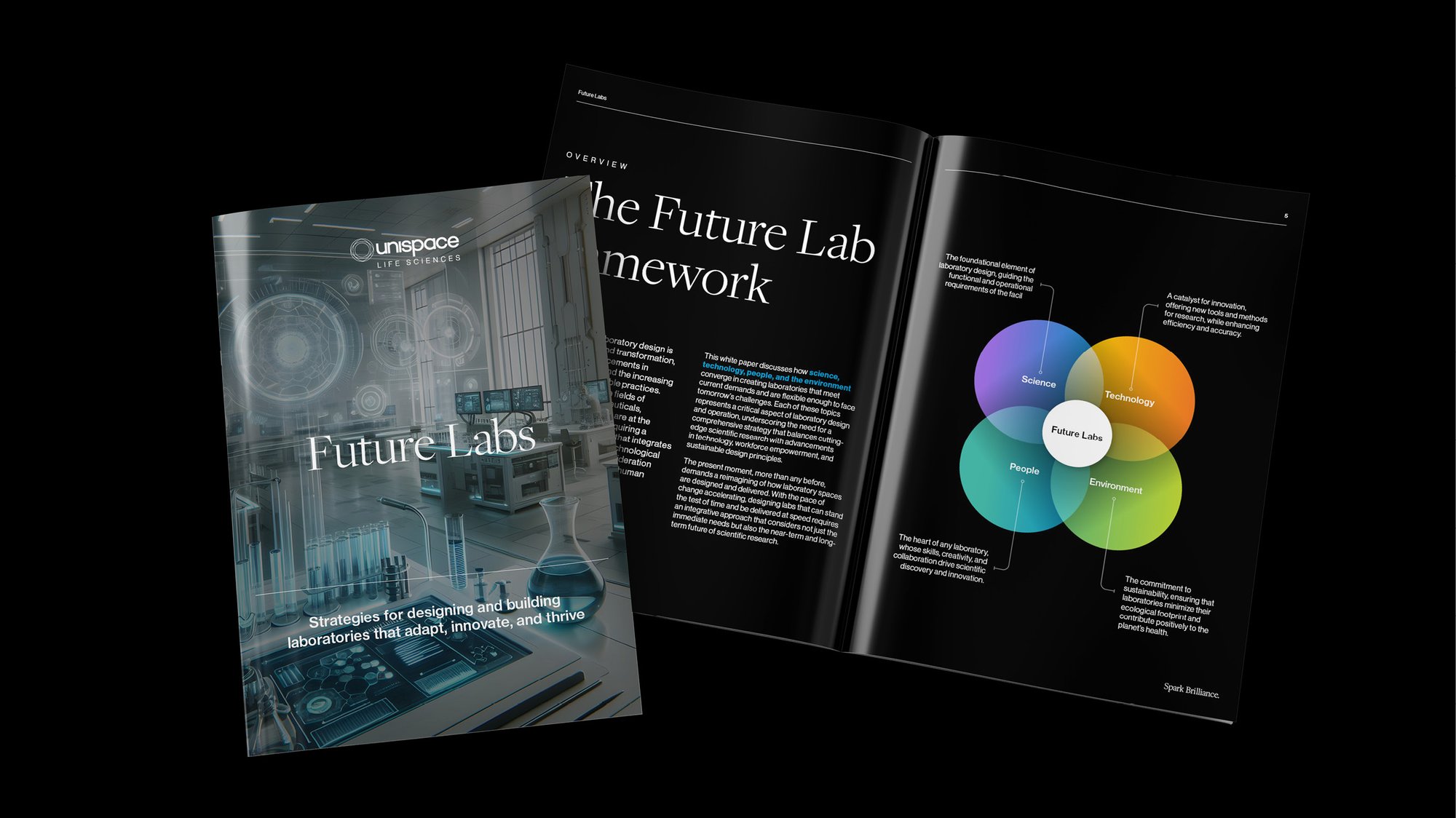
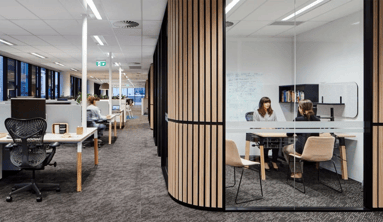
.jpg?width=383&height=348&name=AKL_00717_N19_medium%20(2).jpg)
